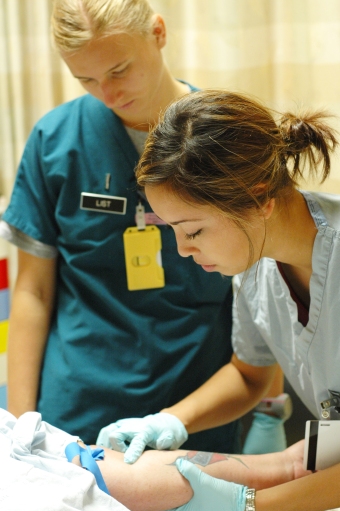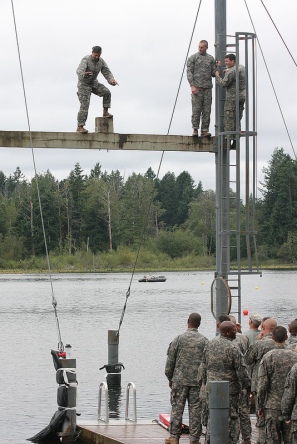By: Hannah Van Ree
U.S. Army Cadet Command Public Affairs
Choosing to join the U.S. Army is a big decision. Some Cadets know from a young age that they want to join the military, while others decide in college. For Cadet Paul Klotz a somber day two years ago defined his future and caused him to make the commitment.
“I don’t know, it’s just that funny feeling you get where you want to do something that matters for yourself and for others, and the motivating factor for me to actually join was him,” said Klotz, from the University of Wisconsin, Stevens Point.

Cadet Paul Klotz from the University of Wisconsin-Stevens Point chose to join the Army in memory of his late mentor, Green Beret Sgt. Todd Pruett. Klotz graduates from LDAC on Friday, August 3rd at Joint Base Lewis-McChord, Wash. U.S. Army photo by Jesse Beals.
The “him” Klotz refers to is the late Green Beret Sgt. Todd Pruett.
Pruett had served in the U.S. Army Special Forces for many years until his honorable discharge. He then rejoined his family floor covering business and coached sports in his West Bend, Wis. community.
“Todd was my friend and mentor. I grew up with his kids and he was my coach growing up,” said Klotz.
Pruett passed away after a courageous battle with acute leukemia. The community had embraced the Soldier, holding bone marrow drives and wearing shirts with the slogan “Do it for Pruett” throughout town.
One of the drives was held at Klotz’s parent’s grocery store, ‘Klotz Piggly Wiggly’ in their hometown.
The retired Soldier passed away on July 4, 2010, a day that changed Klotz’s life.
Klotz, still in college, decided to join the Army ROTC program and become an Officer.
Klotz’s plan is to complete the Leader Development and Assessment Course (LDAC) and graduate college next year with his social science degree, after which he will join the infantry.
He said that his parents understood this was something that he had to do. Read more of this post




























